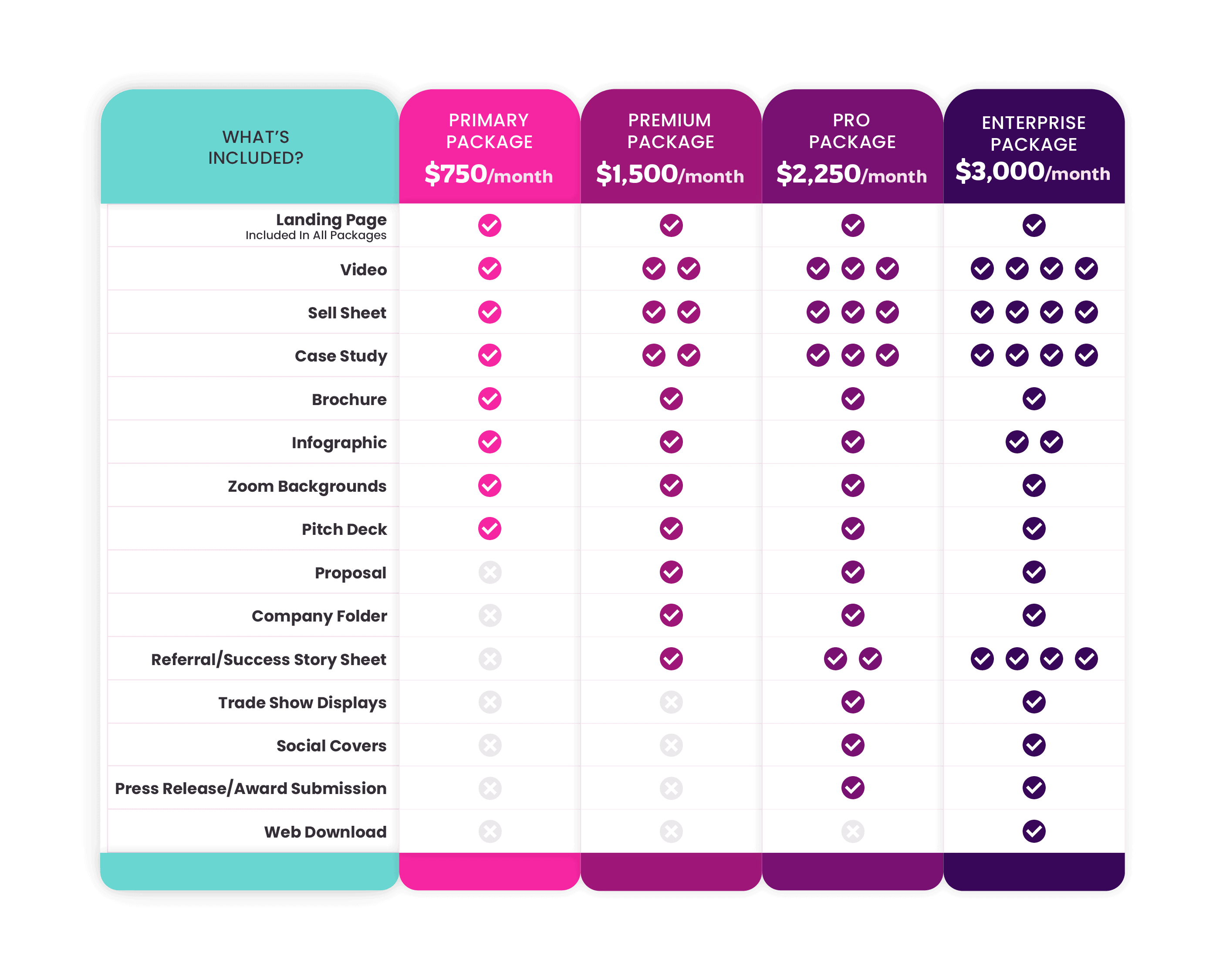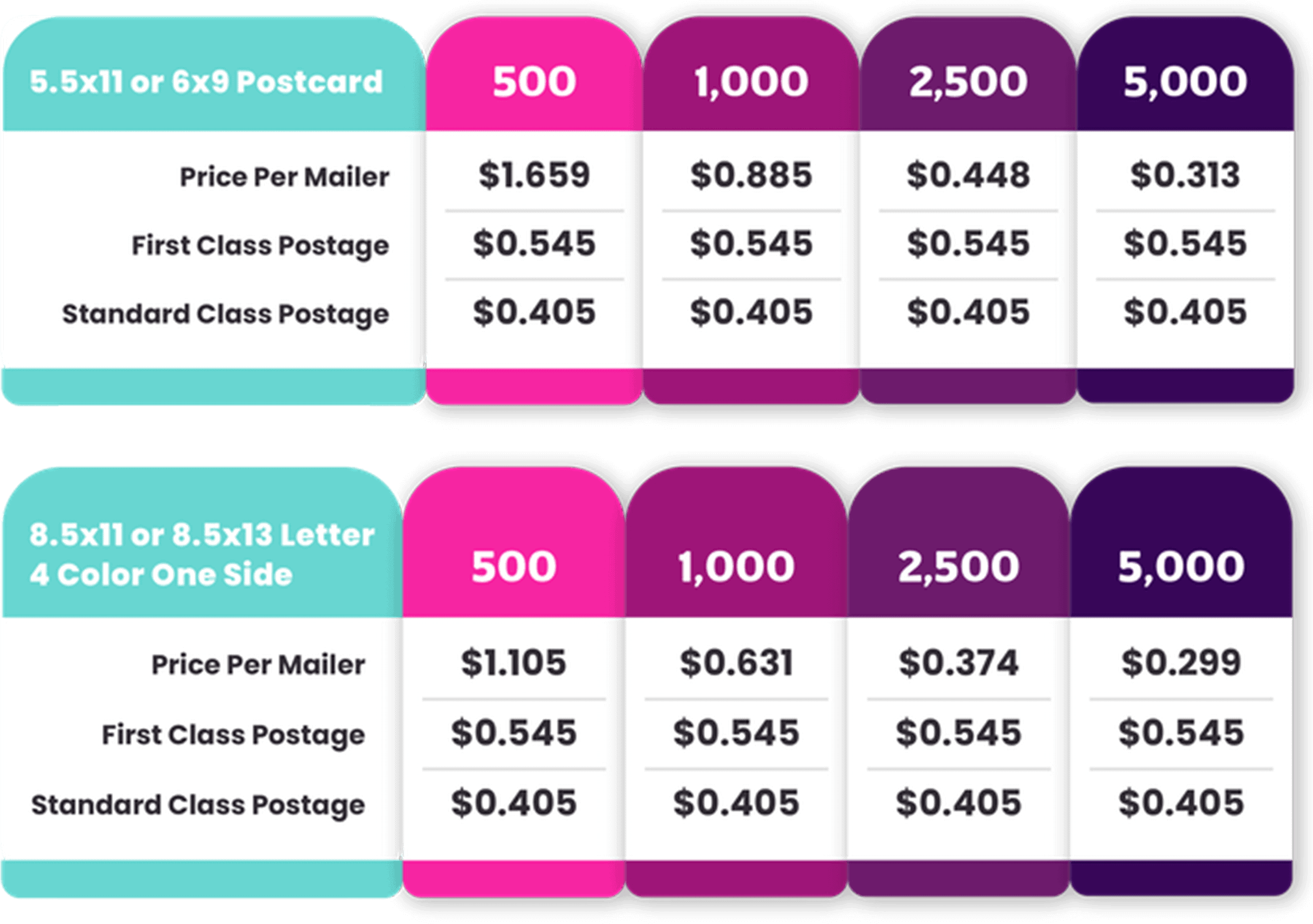Ideas for Interactive Print Advertising
We’ve come a long, long way from the glossy magazine ads of the 20th century. Online advertising may have surpassed print just in terms of scope, but there’s still a lot of power in using print. Rather than seeing the two as competing with each other, it’s much more helpful to combine them and give your audience the convenience of digital plus the sensory experience of print. This is where interactive print advertising comes into play.
What Is Interactive Print Advertising?
Interactive print advertising is the ideal blend of tangible and digital, and it involves sprinkling elements like QR codes and augmented reality (AR) into printed materials like brochures and flyers. It’s all about immersing the reader in a dynamic brand experience, from the feel of high-quality paper to the familiarity of online content. Basically, these assets are designed to engage, entertain, and inform through a multisensory experience that’s impossible to ignore.
Screens dominate our daily lives. So many companies these days run ads on social media and also use online promos. In this world, interactive printed materials give readers a refreshing change of pace. It sets you apart from the digital noise, giving the reader something tangible to hold onto as a reminder of your brand while still acknowledging the allure of technology—proof that print and digital can exist in perfect, brand-driven harmony!
What Are the Benefits of Interactive Print Marketing?
Higher Engagement
Traditional print advertising can be impactful and creative in its own right, but it doesn’t quite offer the same level of engagement as interactive print. In traditional print, readers just…well, read what’s on the page. Sometimes they might even get a nice photo to look at.
On the other hand, through interactive print materials, readers are invited to take a more active role, scanning codes, unlocking AR experiences, and even scratching page elements to reveal something hidden for them to discover. This holds their attention longer and makes the overall message more impactful because it also feels more personal.
Better Memorability
Interactive ads are a lot more memorable than just having the usual text on paper. From hidden video messages to pop-up 3D models, the surprise and novelty of interactive print advertising is something many people can appreciate—especially those who are a little jaded when it comes to being advertised to.
More Detailed Information Delivery
You can only explain so much in text and even images. Interactive advertising provides more details, more context, and more depth. An AR overlay can show a 3D model of a product through the reader’s smartphone, for example, giving them a more concrete understanding of what you’re offering.
Or maybe a QR code can take the reader to a video explaining your service further. These are more dynamic ways to convey information without cramming more words on the page.
Easier Measurability
Interactive elements can easily be tracked and analyzed with online platforms. These tools help you measure the effectiveness of digital elements like QR codes. Key performance indicators (KPIs) for print advertising include:
- Campaign Response Rate – This is the percentage of recipients who respond to your interactive print materials by making a purchase, visiting your website, or contacting your business.
- Cost per Acquisition – This is the average cost of acquiring a new customer using print marketing, calculated by dividing the total campaign cost by the number of new customers gained.
- Brand Awareness – Rather than calculating a number, this usually involves surveys to roughly measure brand recognition among your audience.
Get Started With These Ideas for Interactive Print Advertising
QR Codes
You’ve probably seen these before out and about—these are small white squares with scannable black patterns that, with a smartphone, lead to a clickable link. QR codes are a quick and painless way to take the reader from print to a website, landing page, social media profile, order form, or video. They serve as gateways to exclusive branded content and accessible tools for further exploration into your brand or offerings.
The key benefit of QR codes is that they take readers beyond the limits of what you can put on a page to a place where even more valuable and engaging information is waiting for them. Whether it’s a video explaining a product or a landing page where appointments can be scheduled, QR codes are a smooth next step into your brand that deepens the connection between company and customer.
Augmented Reality (AR)
Augmented reality and print advertising might seem like polar opposites on the marketing spectrum, but they’re actually becoming a common pair. This works by prompting the reader to point their smartphone camera to a page element, and through the screen, they’ll see a 3D model overlaying the print. This could be a product rendering, an infographic, or even an interactive minigame the reader can play.
AR in printed materials showcases your company’s creativity and innovative spirit. It’s also a very cool and memorable experience, plain and simple. But more than just wowing the reader, it adds value by giving them a strong visual and an immersive way to interact with your brand. They can place products in real-life scenarios or explore your services in detail, entertaining and educating at the same time to establish a lasting bond with your brand.
Scratch & Sniff
Okay, this one isn’t really digital. But it does trigger the sense that’s most strongly associated with memory and emotion: smell. Imagine scratching the bottom of a detergent ad to get a lovely whiff of lavender, or opening a holiday postcard and then getting hit with that nostalgic pine tree aroma.
On the emotional level, pleasant scents create a pleasant association with your brand. On the memory level, the reader is more likely to think of your product, name, or service when they smell that scent again in the future. It’s really the perfect balance of recall and positive vibes.
Best Practices to Keep in Mind for Interactive Print Advertising
Just slapping a QR code to your website on the back of a brochure or putting a whiff of baked cookies in a random postcard isn’t enough at all. Effective interactive print advertising takes a lot of creativity, clear intention, and detailed planning. Let’s dive into some tips:
- Design With Purpose – Don’t just put interactive elements into your materials because you think they’re cool. Consider their purpose in the narrative and audience enrichment of your printed material. If you’re designing a brochure about a specific product, a QR code on the back that takes the reader to a video showing the reader how to use it would be a good choice.
- Align Everything With Your Brand – Make sure that your interactive features match your brand’s values, tone, colors, and fonts. Avoid switching from a technical tone in print to a lighthearted tone in digital, for instance. Also, QR codes don’t always have to be black and white—the scannable part could be one of your brand’s colors! Just make sure it contrasts strongly with the white background.
- Consider Your Budget and Audience – Interactive elements vary in cost and complexity. An AR overlay of a 3D product model is generally pricier than a simple QR code, for example. Define your target audience and budget early to choose the most feasible options.
- Measure and Refine Your Strategy – Measure the number of QR code scans or AR interactions to determine the success of your interactive features. If the number seems low, refine the call to action, design elements, or overarching campaign strategy to give your ROI a boost.
Frequently Asked Questions About Interactive Print Advertising
How can I afford interactive print marketing?
You can use smaller, less expensive elements like QR codes as a starting point. Measuring their impact will help you justify the cost of interactive print advertising and grow into bigger features like augmented reality in the future.
What KPIs should I use to measure how successful my interactive print elements are?
The number of QR code scans and/or the number of AR interactions is an excellent start. These can be measured using a variety of tracking platforms like Bitly, and they give you insight into their impact. Tracking subsequent online activity (social media activity, website traffic, online orders, etc.) and sales metrics provide an even broader picture.
How do I integrate interactive print advertising into my digital marketing strategies?
By directing readers to online content like websites, videos, social media profiles, and product pages, interactive print elements let you easily track campaign effectiveness. This synergy between print and digital makes for a cohesive, well-rounded brand experience across touchpoints.
Can You Smell What Creative Sweets Is Cooking?
At Creative Sweets, we take flat print materials like brochures and postcards and turn them into a multidimensional experience that turns more heads toward your brand. Our copywriters and designers bring the right ingredients together, like compelling calls to action, easy-to-use QR codes, and eye-catching graphics. Meanwhile, our marketing managers communicate with you every step of the way about your wants, needs, and brand story, guiding you from briefing to delivery.
Ready for a flavorful mix of print and digital that gets your audience buzzing? Expand your brand’s reach further by calling Creative Sweets today!















